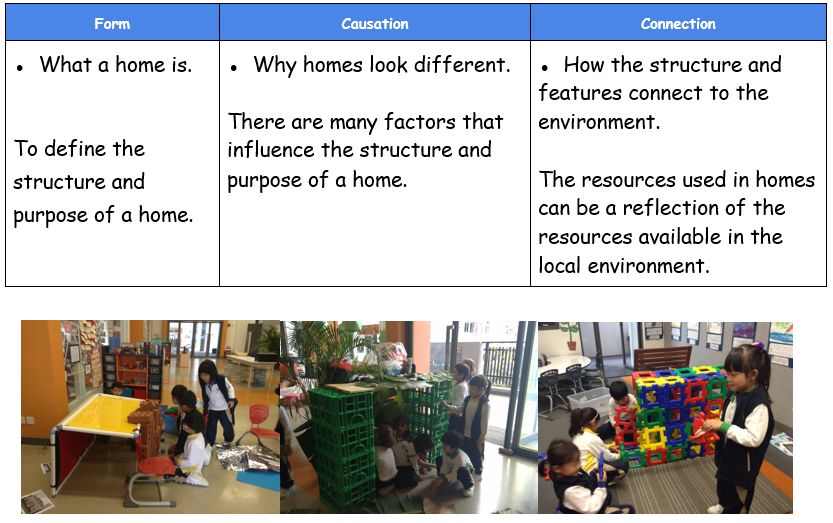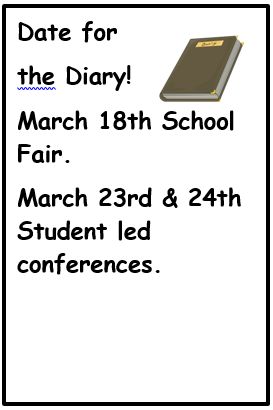Yr1 Weekly Update – 02/24/17
People create homes to suit their needs

Unit
We have continued this week to look at structures of homes. We began to form categories by the type or materials of homes. Such as brick homes or homes that can move. Children are beginning to think about the purpose of different types of homes, such as a tower is a home that can fit lots of people or a hut is a home that is built from materials in the surrounding environment. The inclusion of specific features of these homes such as it has ropes to hold it or it has lifts so people can go to the top are helping the children to understand why homes are different sizes, shapes and made from different materials.
Suggested activities: Start to explore homes around Hong Kong or if they are familiar enough, other homes from around the world. Start to talk about the differences in features such as gardens, amount or size of rooms, what materials it is built with. Talk about why there are these differences in homes.
Questions: How is this home different from ours? Why do you think this home is built this way? What could happen if this home didn’t have that feature (garden, lift, chimney etc)?
Phonics and Literacy
We have been looking at the different ways we can practise our phonics skills and gain further knowledge. This includes sounding out for reading, using letter magnets to practise CVC words, using letter cubes to practise more challenging blends such as ‘ir, as well as building word families and rhymes. During Literacy we have continued to look at informational texts and started to look at some of the ways they present information such as titles, labels and captions. We have been applying our new knowledge to create pages in our own informational texts.
Suggested activities: Read your child more challenging books to help them build up their vocabulary. Start with story texts such as chapter books on themes they might like. Focus on their skill of listening to the words and trying to understand what is happening in the story. Pause and ask them questions to help check their understanding.
Questions:What do you think is happening here? What are the characters doing? What might happen next? What do you think this word means? Which part of the story did you enjoy? What was hard to understand?

Maths
We are extending our knowledge of the form of shape to include 3D shapes. We have been finding strategies to work out how to remember their names. Such as ‘oct’ means 8 and ‘hex’ means 6. We are also looking at how to tessellate shapes to create pictures and structures. In number we are counting on and counting back to solve number word problems. Children are finding ways to identify the operation they need to use (takeaway or add), then work out the amount they need to count on or back from and finally how many it is they are counting on or back. They are learning to talk about the steps and strategies we are using to help them fully understand the process.
Suggested activities: Ask your child to start naming 3D shapes they see around them. Talk about how many sides, corners and faces it has. Try to identify its 2D counterpart so they can look at the similarities and differences between the 2D shapes and 3D shapes in real objects.
Questions: What shape is this? Is it a 2D shape or a 3D shape? How can you tell? Why do you think this is a 3D shape and not a 2D shape? What would happen if the 3D shape became a 2D shape ( a ball is a good example of this) ?



